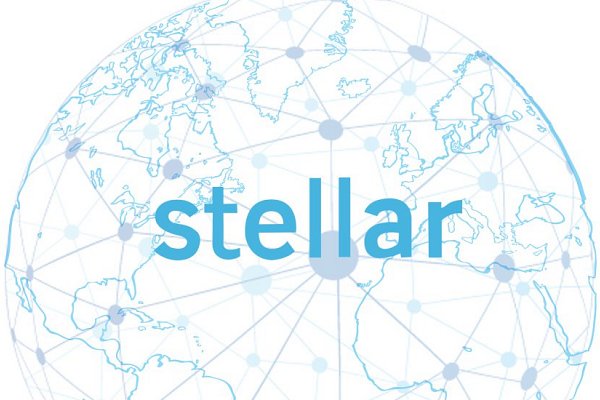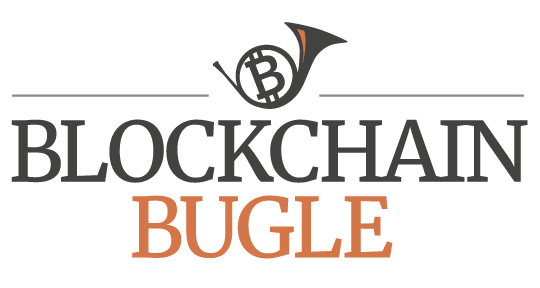Global Banks and Financial Operators Using Stellar to Create a Global Payment Network

Stellar is announcing four new partnerships with financial institutions that will enable low cost global money transfers to the Philippines, India and Europe, and cross-border M-Pesa payments to and from Kenya, Ghana and Nigeria.
Stellar is a Silicon Valley based nonprofit that supports the Stellar network, a free, open-source network designed to connect diverse financial systems and let anyone facilitate low cost financial services — payments, savings, loans, insurance — for their community. The organization claims that the Stellar network enables money to move directly between people, companies and financial institutions as easily as email, enabling more access for individuals, lower costs for banks, and more revenue for businesses.
Coins.ph, a mobile financial services provider for the underbanked in Southeast Asia, has announced that its Stellar integration is now live. Starting today, people using a Stellar wallet can send global remittances to anyone in the Philippines or from any institution connected to the Stellar network.
Flutterwave, a pan-African financial technology and services company, will use Stellar to support cross-border payments for M-Pesa, a mobile platform for money transfer and financial services used by 21 million people in Kenya. M-Pesa users will now be able to send payments regardless of whether they are based in Kenya, Ghana or Nigeria.
Indian ICICI Bank will use the Stellar network to transfer money within India and internationally. The bank will launch a pilot program on Stellar for cross-border payments without traditional wire fees, as well as a mobile wallet application built on Stellar for university and office campuses. “[Stellar] technology is enabling us to conduct business a lot quicker and cheaper, with lower error rates and lower vulnerability to cyber threats,” said Raj Chowdhury, Head of ICICI Bank’s blockchain initiative.
Tempo Money Transfer, a European-licensed remittance provider headquartered in Paris, is also integrating with the Stellar network. Users can now send remittances through Tempo to Europe, as well as to global financial institutions, such as Coins.ph in the Philippines, which are connected to the Stellar network.
“Coins.ph, ICICI, Flutterwave and Tempo are leading the charge to make blockchain real and bringing the benefits of the software to market” said Jed McCaleb, CTO of Stellar.org. “While they made the decision to integrate with Stellar because of efficiency and cost, these partnerships bring us closer to our goal of making money move as easily as email. This is the start of achieving our mission of enabling a worldwide financial network that anyone can use.”
“A New Global Infrastructure for Payments”
Bitcoin Magazine reached out to McCaleb to ask how Stellar wants to position itself in the fintech area, what makes the Stellar platform uniquely suitable for the remittance sector, and what applications are being envisaging by the Stellar team for other sectors with similar requirements.
“Stellar is an internet level protocol for payments,” McCaleb told Bitcoin Magazine. “The Stellar protocol can be used by any financial institution to easily send money to anyone else on the Stellar network. The Stellar network is open source and overseen by the Stellar Development Foundation, a nonprofit entity. Our goal is to position Stellar as a universally accessible payments standard that can be used by financial institutions, payments providers and people to send money globally. At Stellar, we want sending money to be more like sending email; easy, fast, low cost and accessible to everyone.”
“From the beginning, the Stellar network was designed to serve as a new global infrastructure for payments,” continued McCaleb. “You can think of it as an open source SWIFT-like network that allows connected organizations to transact with one another. As a unifying layer between all payments and currencies, Stellar is able to link siloed financial institutions and services, such as Coins.ph and Tempo, and reduce the friction that contributes to higher fees. Given the diverse nature of global financial services today, this interoperability can substantially lower global remittance costs by making transactions that cross national boundaries, currencies and financial institutions much more efficient. Transactions processed on the Stellar network take only three to five seconds to complete, and are extremely low cost regardless of the size of the payment amount — attributes that make the platform uniquely suitable for international remittances.”
“As an organization, Stellar is focused on creating a solution for payments, particularly international remittances,” McCaleb explained to Bitcoin Magazine. “However, the platform can certainly be used across other sectors. A great example of this would be B2B (business-to-business) payments, particularly for small and medium sized (SME) businesses processing international payments. In addition, B2E (business to employee) and G2C (government-to-consumer) payments are also easy-to-apply use cases for the Stellar network. In the B2B use case example, we are working with several large international development organizations which support or own microfinance banks, and are very interested in developing an effective payments product for their SME customers.”
The post Global Banks and Financial Operators Using Stellar to Create a Global Payment Network appeared first on Bitcoin Magazine.


